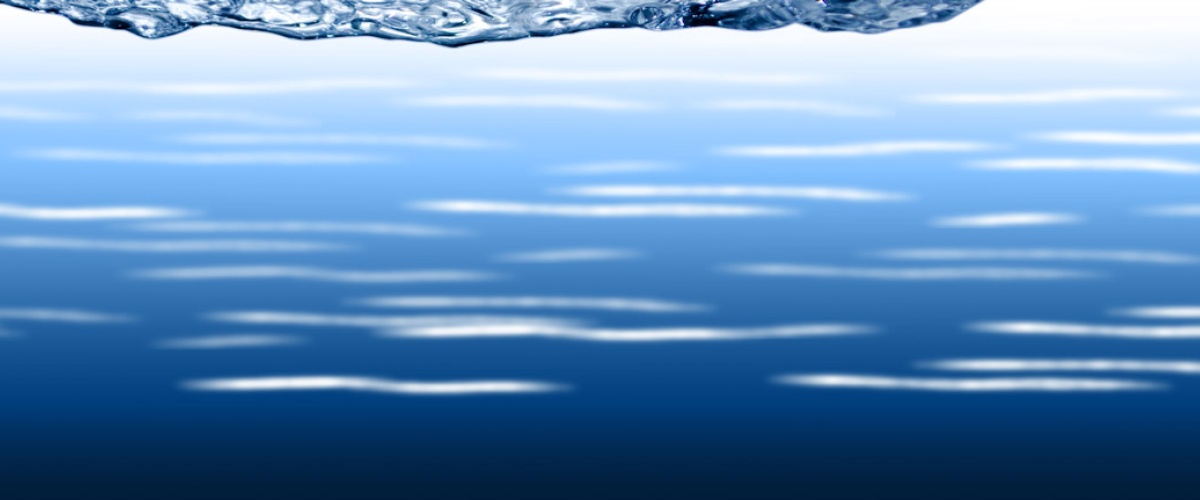
Backflow Prevention in your Home
Backflow is backward movement of water in pipelines and plumbing systems. It usually happens when there’s a sudden drop in water pressure.
Outdoors
Outdoor Faucets/ Hose bibs
The most common backflow risk in homes is outdoor faucets. Unlike the plumbing inside your home, garden hoses aren’t made to deliver safe drinking water. And if your hose is connected to chemicals or tainted water, flow reversal can draw those into your home and contaminate your water.
There’s an easy fix for this problem: installing a self-draining (frost-proof) backflow preventer on all your outdoor faucets. A backflow preventer stops any water past it from being drawn back into your household plumbing. Look for “ASSE 1011” stamps to be sure your backflow preventer is certified. If your outdoor faucet is newer (1994 or later), it may have the backflow preventer built into it.
Submerged hoses
Always make sure a backflow preventer is in place before you connect a hose to a faucet. As an extra precaution, never submerge hoses in buckets, pools, tubs, sinks, ponds, or troughs. Keep the ends of hoses away from all possible contaminants, and that there is always an "air gap" between the hose and any liquids.
Sprinklers/ Irrigation Systems
Chemicals, fertilizers, or animal waste may contaminate water that pools around ground-level sprinkler
heads. If an irrigation system is not properly constructed, these contaminants may backflow into your drinking water. A vacuum
breaker [atmospheric (AVB) or pressure (PVB)] or reduced pressure principle assembly (RP) can protect against backflow.
Inside your Home
Sinks, tubs, and tanks
All faucets whether in your kitchen, bathroom, or basement should be installed so that the end of the faucet is above the overflow level of the
sink or tub. This “air gap” prevents the contents of the sink, tub or tank from touching the faucet and being sucked or “backsiphoned” into the water line during a loss of water pressure.
Also, make sure any faucet with hose threads (like the utility sink in your basement) has a backflow preventer added or built into it.
Drain lines
The drain line from a water softener should be be “air-gapped” or have an “air break.” Never connect drain lines or waste pipes from water softeners or other treatment systems directly to the sewer or a submerged drainpipe. Instead, ensure there is a proper air gap or install a vacuum breaker tee.
Hot Water & Steam Boilers
Boiler water (which may contain poisonous anticorrosion chemicals) may be pushed or “backpressured” into the supply line when the pressure of the boiler water exceeds the water supply line. This contaminated water may be forced into your home’s drinking water
unless there is an appropriate backflow preventer.